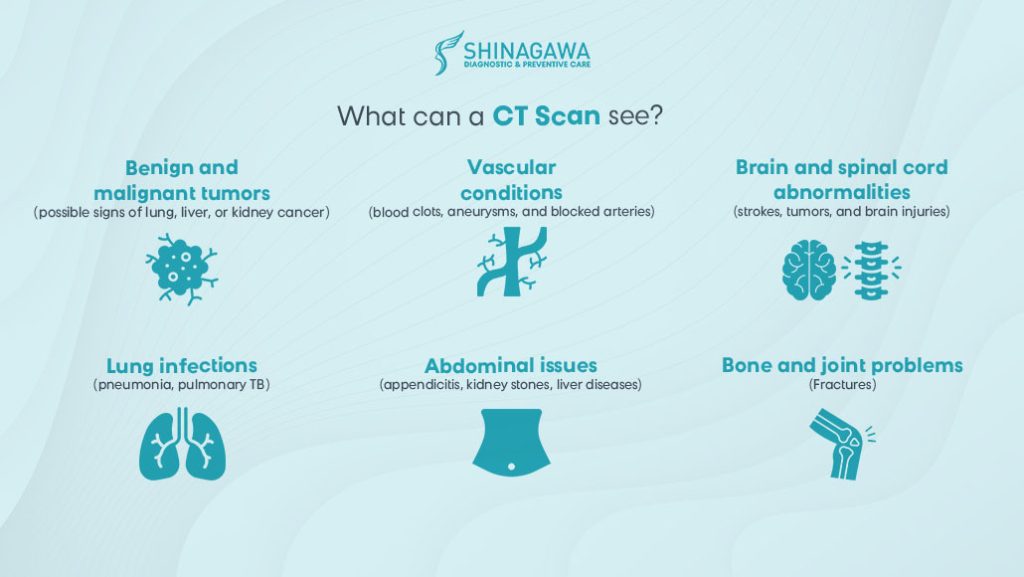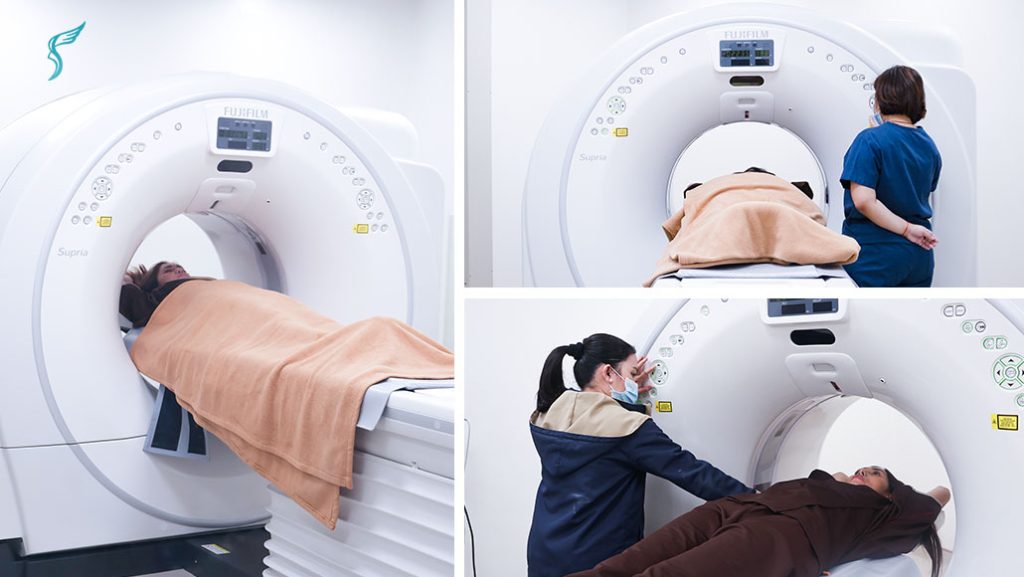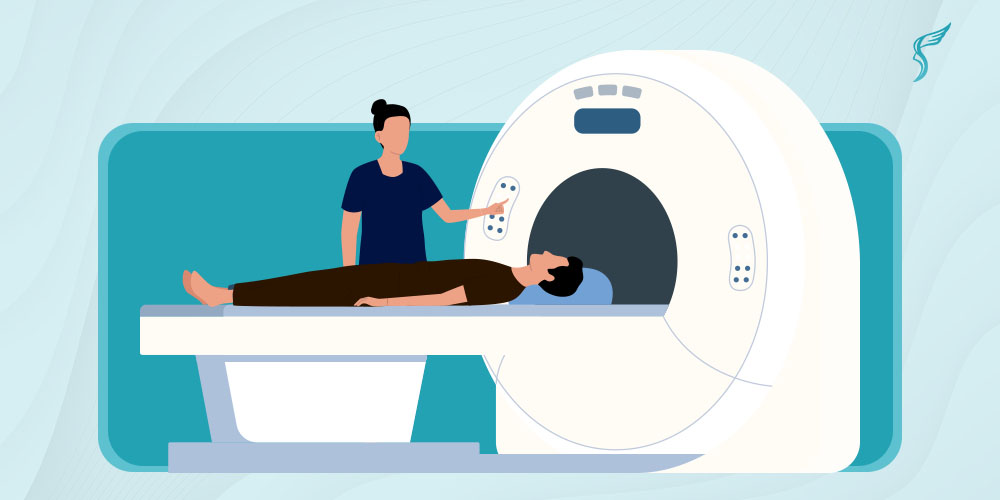CT scans have significantly contributed to the early detection and accurate diagnosis of many health conditions. However, despite their benefits, they also come with certain drawbacks that need to be considered.
One of the main concerns lies in their use of radiation, which raises questions about the safety of repeated exposure. With this in mind, it’s important to understand why CT scans use radiation, what they can reveal, and how they are safely used to support your health.
Radiation in CT Scans
Imaging exams like CT scans use ionizing radiation—a form of high-energy X-rays powerful enough to penetrate the body and interact with its tissues—to capture detailed images of internal structures. During the procedure, the scanner directs narrow X-ray beams from multiple angles, which are absorbed differently by bones, muscles, and organs.
A computer then processes these variations to produce clear, cross-sectional images that allow doctors to detect even subtle abnormalities that may not appear in standard X-rays or ultrasounds. This precise use of radiation makes CT scans an invaluable tool for accurate diagnosis and effective treatment planning.
What CT Scans Can Reveal
Because CT scans can capture detailed images of different tissues and organs, they help doctors identify a wide range of conditions. These include benign and malignant tumors, vascular diseases such as aneurysms or blockages, brain and spinal cord abnormalities, lung infections, abdominal and digestive issues, and bone or joint problems.

CT scans give healthcare providers a detailed view that aids in early detection, proper diagnosis, and timely treatment—helping patients take proactive steps toward better health outcomes.
Schedule your CT Scan with Shinagawa Diagnostic
While the radiation from a single CT scan is generally low and considered safe for most patients, repeated or frequent exposure can pose health risks. To minimize these, Shinagawa Diagnostic strictly follows safety protocols and ensures that CT scans are included only in carefully designed health packages for those who truly need them.
Through our Platinum Shinagawa Dock and VIP Shinagawa Dock, each patient’s age, health status, family history, and risk factors are thoughtfully evaluated to ensure the safest and most beneficial care.

We also apply strict quality standards, including double reading by both Filipino and Japanese specialists, to make sure every scan provides maximum value. This way, when a CT Scan is part of your health screening, it is used responsibly and purposefully.
So while the procedure does involve radiation, when used wisely and for the right patients, they remain one of the most powerful tools in preventive healthcare. Our role at Shinagawa Diagnostic is to guide you through this balance, so you can have peace of mind knowing your screening is both safe and meaningful.
Disclaimer: This article is for educational purposes only and does not replace professional medical advice. Please consult a qualified healthcare professional for an accurate diagnosis and treatment.
Citations and Resources
Shinagawa Diagnostic & Preventive Care is committed to delivering accurate, reliable, and up-to-date health information. All content published on our platform is grounded in evidence-based research and reviewed by qualified professionals where applicable
To support our articles, we reference authoritative sources such as peer-reviewed medical journals, official health organizations (e.g., World Health Organization, Department of Health Philippines), and expert guidelines. Where appropriate, we also include data from trusted research institutions and clinical studies.

